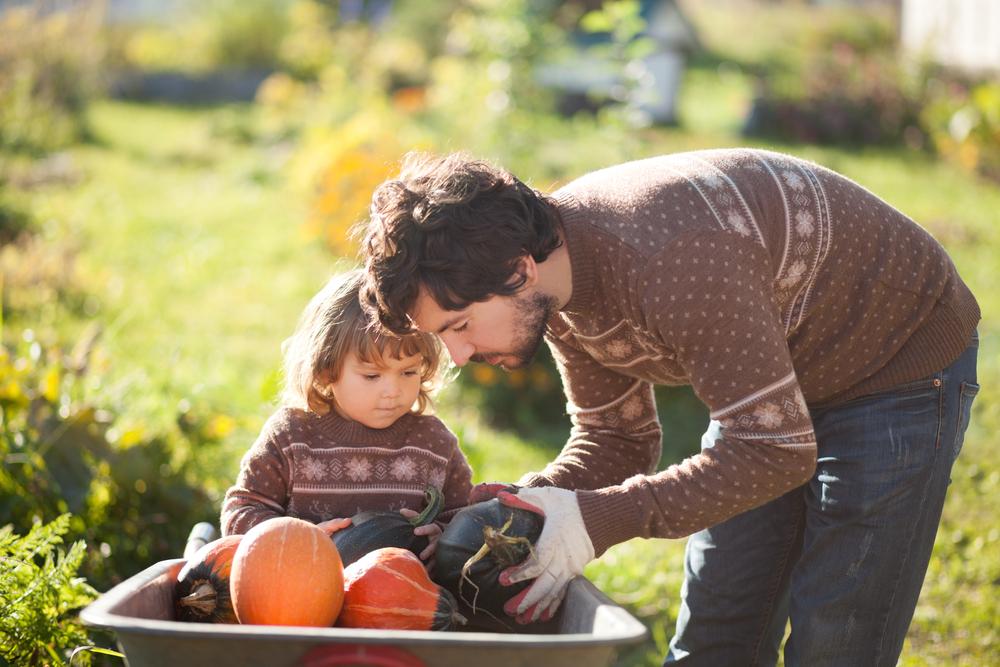Summer is a time of freshly picked and eaten garden delights. Fall is the time to store some of them to enjoy in the coming months or even years.
Properly stored produce begins with properly harvested fruits and vegetables. Pick the fruits carefully to avoid damage, just like you would handle Grandma’s prized Christmas ornaments; you'll want to avoid bruising, breaking, or even just nicking them, as any damage can lead to decay at the damage site.





